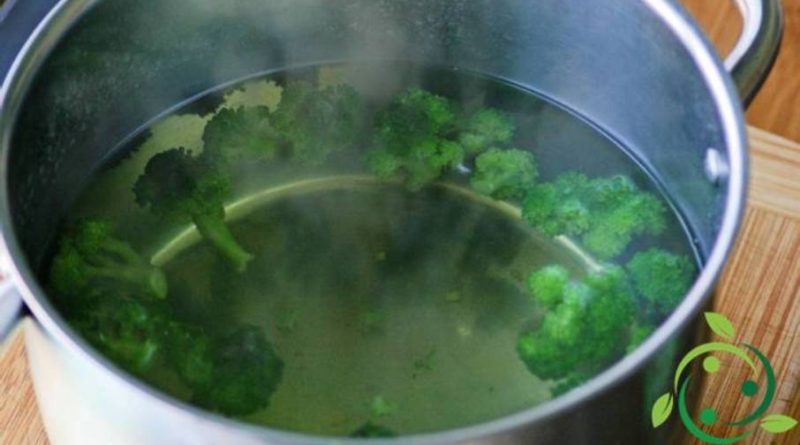Natural fertirrigation with cooking water of vegetables
Natural fertirrigation with cooking water of vegetables
At a time when you begin to understand that most of our life habits lead to waste, and with them, even if small, to a high ecological footprint, it is also good to know how to avoid waste. Among these there are some that can also be applied at the family level and that, multiplied by all the families of a single small city, involve a recovery of energy and substantial substances. One of these is that of the joint recovery of water and nutrients, of rapid assimilation, as a use for irrigation and the simultaneous fertilization of apartment plants; Fertigation possible and fast thanks to the recovery of the cooking water of the vegetables we eat. The cooking water is in fact rich in micronutrients released by the plants themselves. Obviously this cooking water should not come from vegetables treated with pesticides (primarily for our health) and then because they would pass almost completely in our pots and plants, even more so if these are then cultivations of small family gardens. or of potted vegetables. Moreover, the washing of vegetables does not eliminate most of the systemic pesticides (those that have penetrated into leaves and fruits) so that we do not delude ourselves that we have solved the problem with a thorough cleaning of the vegetables, if these have been treated with pesticides.
To understand the extent of savings, a simple synthetic calculation can be made; we imagine that each family cooks vegetables twice a week and uses two liters of useful water for each cooking. We have thus obtained 4 liters of water per week which multiplied the weeks of a year ago 208 (52 x 4) liters of water. Considering this calculation extended to a city of 100,000 inhabitants and considering the average number of people per family (latest ISTAT data) which is 2.3, we will have: 100,000: 2,3 x 208 = 8,913,043.48 liters of water ( 8,913 cubic meters) for irrigated use of domestic plants or small family gardens.
As can be seen from the ecological point of view, it is true that it is a very small action that involves saving a few liters of water, but this savings multiplied on larger scales becomes significant.
Obviously we must not think that the water of boiled vegetables is a real fertilizer, but contains mineral salts, microelements and some organic molecules that enrich and integrate both the nutrition of the plant and the substrates, often exhausted, especially of the vessels .
Now some tricks and suggestions on this practice:
– always use cooking water without salt (it will damage plants and soil), also because the salt should be cooked only at the end; therefore it is advisable to drain most of the water before the end of cooking (to be used for fertigation) and then add the salt in the residue of water and vegetables for the final cooking;
– avoid the cooking water of the potatoes, as these release a lot of starch so it is better to avoid using it to irrigate the plants;
– as mentioned above, only organic vegetables,
– use at room temperature; it is evident that we do not have to water the pots directly with the boiling water; for which it must be cooled to room temperature and then it can be used.
In general, the ideal is to use a container or watering can to store the cooking water and then use it at the right time.

